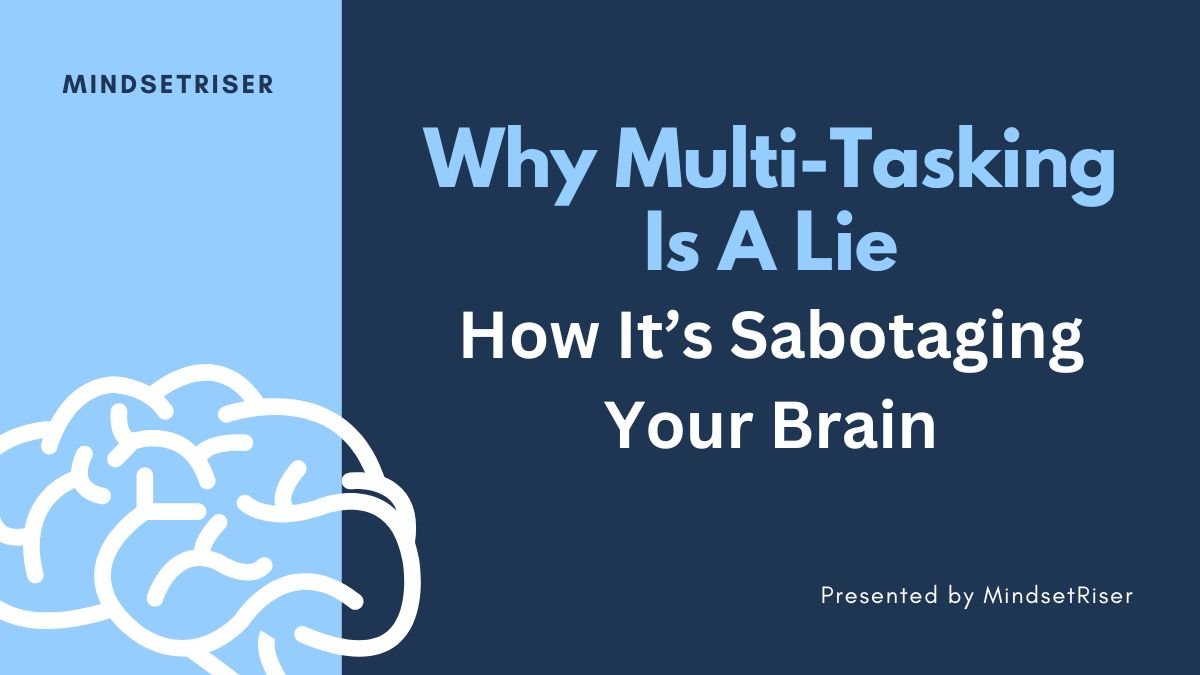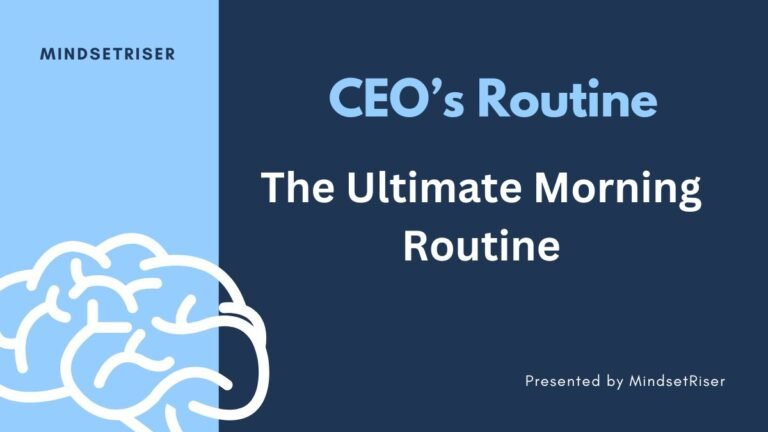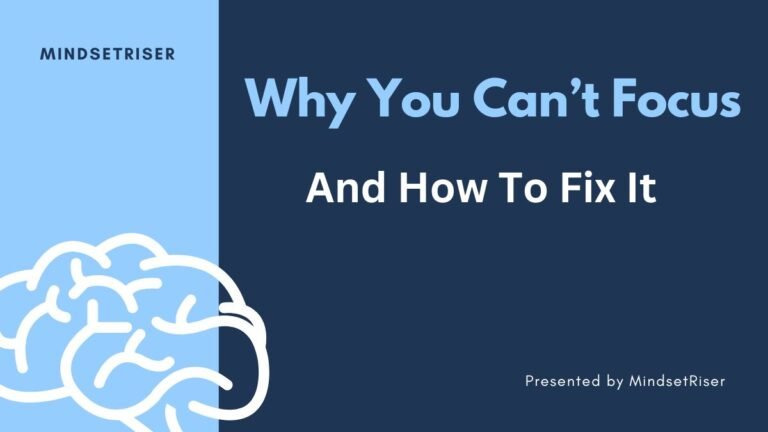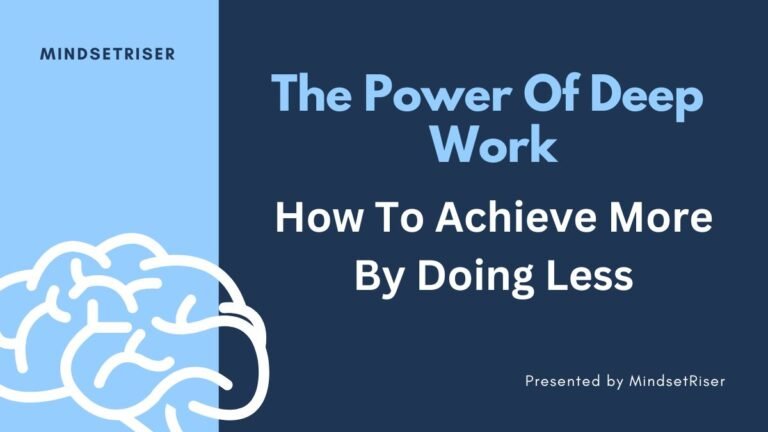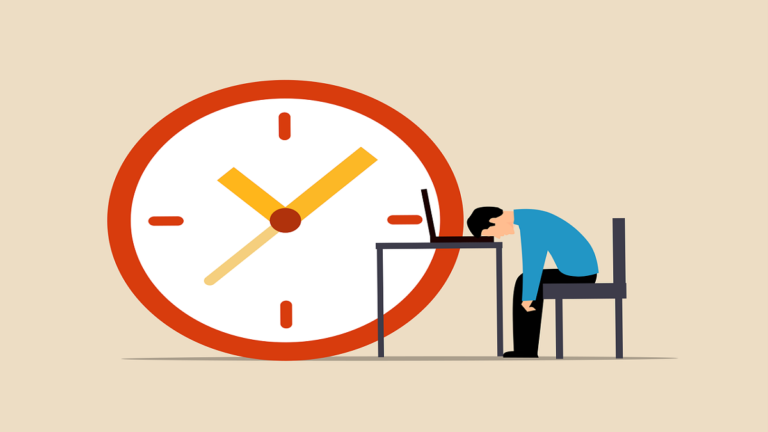Why Multitasking is a Lie (And How It’s Secretly Sabotaging Your Brain)
The Multitasking Myth: Your Brain is Not a Smartphone (Stop Treating It Like One) Let’s cut through the corporate buzzword BS: Multitasking is a scam. You’ve been sold a lie by productivity gurus, hustle culture, and that coworker who brags about “juggling 10 tasks at once” while secretly burning out. Newsflash: Your brain isn’t wired to multitask….
The Multitasking Myth: Your Brain is Not a Smartphone (Stop Treating It Like One)
Let’s cut through the corporate buzzword BS: Multitasking is a scam.
You’ve been sold a lie by productivity gurus, hustle culture, and that coworker who brags about “juggling 10 tasks at once” while secretly burning out. Newsflash: Your brain isn’t wired to multitask. Neuroscience proves it. CEOs quietly ban it. And every time you toggle between tabs, you’re not saving time—you’re frying your focus like a cheap circuit board.
But hey, don’t take my word for it. Let’s unpack why multitasking is the ultimate productivity theater—and what to do instead.
The Cold, Hard Science: Multitasking = Brain Damage Lite
“But I’m great at multitasking!” No, you’re not. You’re just addicted to distraction.
A Stanford study found self-proclaimed “multitaskers” performed worse on cognitive tests than people who focused on one task. Why? Every time you switch tasks, your brain burns energy rebooting—like a laggy app. Over time, chronic multitaskers:
- 🧠 Lose 40% productivity (University of London)
- 🚨 Increase stress hormones by 50% (UC Irvine)
- 💀 Shrink gray matter in areas linked to empathy and emotional control (University of Sussex)
But sure, keep checking Slack while writing that report. What could go wrong?
The Dirty Secret Nobody Talks About
Multitasking isn’t about efficiency. It’s a dopamine-driven distraction loop.
Every ping, notification, and tab switch gives your brain a mini “hit” of feel-good chemicals. Over time, you crave chaos to feel productive—even as your actual output nosedives. It’s the heroin hit for productivity junkies, and Silicon Valley designed it this way.
What to Do Instead (Hint: Embrace “Monotasking”)
If multitasking is a dumpster fire, monotasking is the fire extinguisher. Here’s how to rewire your brain:
1. The 20-Minute “Focus Sprint” (No Excuses)
- Set a timer for 20 minutes.
- Work on ONE task. No email, no TikTok, no “quick check-ins.”
- Reward yourself with 5 minutes of chaos afterward.
Why it works: Your brain enters “flow state” after ~10 minutes. Protect that window like your sanity depends on it (because it does).
2. Delete the “But I Need To…” Excuse
- Mute notifications (yes, even Slack).
- Batch similar tasks (e.g., answer emails in one go, not 47 times a day).
- Write a “Stop Doing” list—kill tasks that don’t matter.
3. Upgrade Your Workspace Like a Neurohacker
- Use noise-canceling headphones (even if you’re not playing music).
- Turn your phone grayscale to reduce dopamine triggers.
- Work in 90-minute cycles (mimicking ultradian rhythms).
The Controversial Truth: Busy ≠ Productive
Let’s get real: Society rewards busyness, not results. We equate frantic multitasking with “hard work,” even if it’s just spinning wheels. But high performers? They’re ruthless about doing less.
Elon Musk schedules his day in 5-minute blocks. Bill Gates takes “think weeks” to focus on one problem. You don’t need their IQ—just their obsession with deep work.
Final Takeaway: Burn the To-Do List
Multitasking is a myth. A con. A glorified waste of time.
Instead of juggling tasks, bulldoze them one by one. Your brain (and your boss) will thank you.

